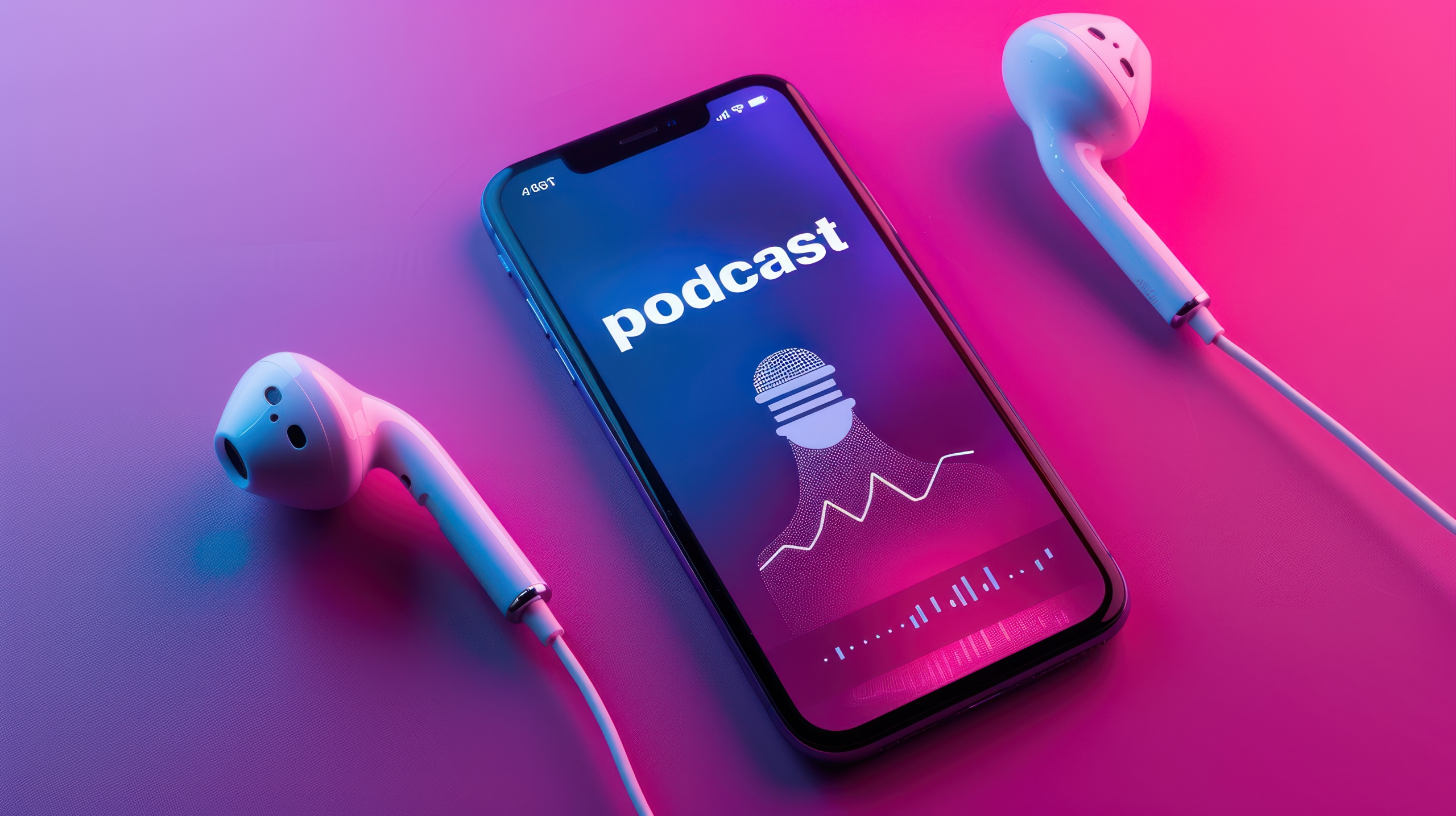
Wireless smart hearables have been touted as the next big thing in tech for a while now. The practical applications of smart hearable technology are undeniably exciting, but we are not yet in the ‘hearable era.’ Screens still rule the way we interact both with the internet and each other.
The potential of wireless smart hearable technology is particularly significant when it comes to independent learning. Instead of staring at screens, aspiring students can let their eyes roam and immerse themselves in an aural education. Whether it’s language learning or educational podcasts, smart hearable technology has the ability to enhance the learning experience for millions of people.
So, what lies ahead with smart hearable technologies, and what role will they play in the future of independent learning?
Independent Learning with Smart Hearables
Smart hearables are wireless smart micro-computers that are worn in the ears. They can operate via artificial intelligence (AI)and use both speakers and microphones.
In the near future, people will be able to use smart hearables to take control of their own learning experiences. In fact, there are already a number of educational areas optimized for independent learning via this technology.

- Language Learning
Smart hearables will enable users to learn languages outside the classroom and at their own leisure. Mobile learning has been improved by technological advancements in smartphones and smartwatches, and smart hearables represent the next step in mobile independent learning technology.
Language students will be able to practice and access their lessons and educational content from anywhere online or offline. This helps language learners continuously hear and understand the proper language pronunciations and recognize accents.
One great suggestion? Multi-tasking while working out! In fact, True Wireless Studio (TWS) heart monitoring earbuds can harness the same fundamental infrared technology to capture data as a smartwatch does, without the need for an additional device. That means you can practice your foreign language skills, AND be alerted if you’re pushing things too hard on the treadmill. - Educational Podcasts
In 2021 there were around 120 million podcast listeners in the U.S., and forecasts suggest that number will swell to over 160 million by 2023. A significant number of these podcasts will be educational, as a growing number of users choose to learn while on the go.
Moreover, according to recent research, the retention rate of auditory learning is two times higher than reading and four times higher than attending a lecture. Therefore smart hearables will not only be able to offer a more accessible learning experience, but a more effective one as well. - Music Education
Music education is an obvious area of opportunity for smart hearable technology. Students learning music will be able to listen, analyze and receive a complete audio educational experience and feedback. Additionally, students will be able to pause, rewind and isolate particular musical phrases using voice commands.
Smart hearables will enable sophisticated independent music learning. Young musicians will be able to get their hands on their instruments and practice while simultaneously receiving lessons and advice via their smart hearable device.
Challenges
The potential for smart hearables is exciting, but there are still a number of technological and social challenges that must be overcome before they become as ubiquitous and useful as the smartphone is today.
- Battery Life
Battery life is bound to be an issue in wireless smart hearable devices that are small. The challenge is to develop a wireless smart hearable device that is portable, ergonomic, and powerful enough to deliver an extended listening experience. The portability and features of smart hearables is somewhat limited if it can only operate in a few hours. - Bandwidth
To deliver a full experience, smart hearables need to be connected to the internet. High bandwidth connections are integral to support features like language communications, real-time lessons, live webinars or podcasts, and premium music experiences.
Currently, this high bandwidth may only be available in large cities with 5G infrastructure. The challenge for local communities is to ensure that infrastructure is in place so that wireless smart hearable devices with 5G capability can be used in that area. - Social Acceptability and Privacy
There are also many reasonable concerns relating to privacy and social situations. If smart hearables lead to a chorus of people talking out loud in public spaces and offices, it will be annoying and possibly quite confusing to others nearby.
As with any smart device connected to the internet, there will be the need for appropriate privacy controls especially with smart hearables capable of health monitoring and sophisticated tracking.

The Rise of Smart Hearable Technology
Smart hearable technology is here to stay. As AI technology develops, hearables are becoming smarter and able to provide much needed features such as advanced voice or sound capture, recognition, command, and feedback and/or response.
In the realm of independent learning and continuous education, smart hearable devices will indeed play a significant role, as it increasingly inspires curiosity and enables personal growth.
How Ambiq Contributes
Smart hearable devices require reliable and ultra-low-energy components for a seamless user experience. Additionally, their processors must be optimized to perform these tasks on a low electric charge. See how the Apollo series from Ambiq® can enable wearables to last for days or even weeks on a single charge.
For the last ten years, Ambiq has been laser-focused on inventing and delivering the most revolutionary System on Chip (SoC) solutions in the market. Through the advanced Sub-threshold Power Optimized Technology (SPOT®) platform, Ambiq has helped many leading manufacturers worldwide create products that can operate for days, months, and sometimes years on a lithium battery or a single charge. Visit ambiq.com/hearables for more information.


